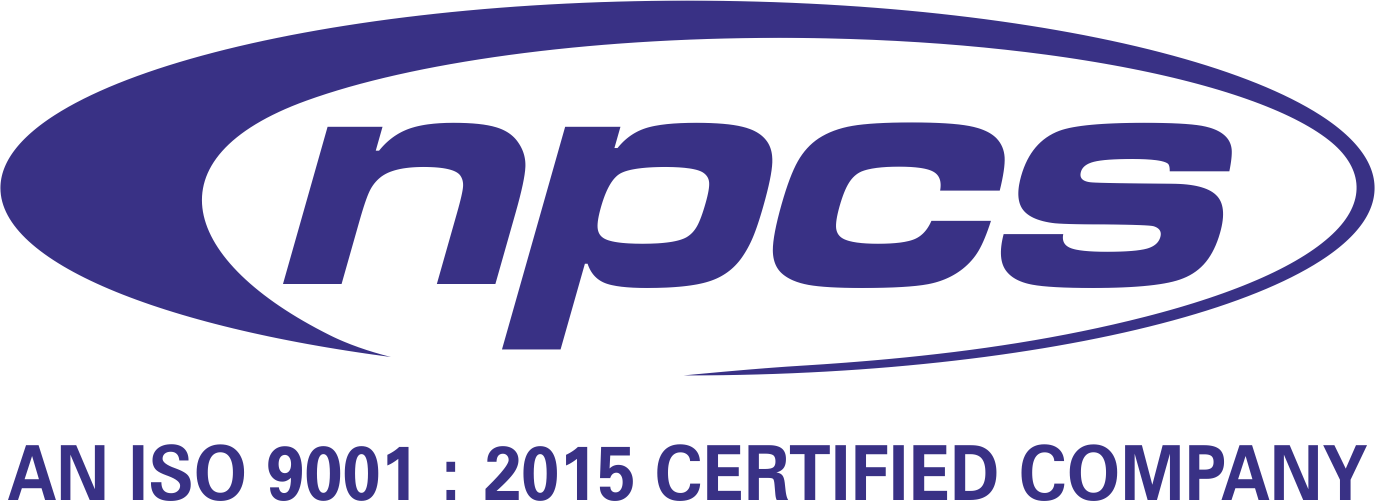The investment opportunity in the astronomy education sector is rapidly gaining traction in both developed and developing countries. As space science continues to fascinate young minds and global interest in astronomy increases, a new wave of demand for structured, interactive, and curriculum-integrated astronomy education is emerging. This niche sector not only supports STEM learning but also fosters curiosity, innovation, and future career pathways in aerospace, astrophysics, and space technology.
With the Indian government’s focus on space innovation, the rise of private space companies, and inclusion of astronomy in educational curriculums, this sector presents high growth potential for investors, entrepreneurs, and educators alike.
Why Invest in Astronomy Education?
Astronomy has evolved from being a specialized science to an engaging educational field that blends physics, math, and technology. The rising popularity of STEM education , Investment Opportunity in Astronomy Education Sector and the success of space missions like India’s Chandrayaan and Aditya-L1 have fueled widespread interest in space science among students.
Key Reasons to Invest:
-
Integration of astronomy in K–12 school curriculum
-
Increased funding in space and science education globally
-
Growing demand for interactive and experiential learning
-
Government support for STEM education and edtech platforms
-
Lack of structured astronomy learning models in many countries
In addition, the popularity of astronomy clubs, planetariums, and mobile space labs is offering creative business avenues for investment.
1. Astronomy Learning Centers and Space Labs
Establishing astronomy learning centers or mobile space labs can be a highly impactful and profitable business. These centers provide hands-on learning experiences through telescopes, simulations, VR tools, and live sky observation sessions. You can collaborate with schools, host workshops, or run your own weekend programs.
Potential Services:
-
Night sky observation programs
-
Telescope handling workshops
-
Astrophotography courses
-
Planetarium shows
-
STEM-themed summer camps
These labs can be set up in urban, semi-urban, or even remote schools to provide experiential learning in a mobile format.
2. EdTech and Online Astronomy Courses
The rise of online learning platforms has made it easier to deliver astronomy courses to a global audience. Creating an edtech platform focused on astronomy for students, hobbyists, and professionals can attract widespread engagement.
Features to Include:
-
Pre-recorded astronomy and space science courses
-
Live telescope streaming sessions
-
Interactive quizzes and simulations
-
Certifications and collaborations with scientists or institutions
You can monetize through subscriptions, freemium models, and institutional licensing for schools.
3. Astronomy Toys, Kits, and DIY Experiments
Creating and marketing educational astronomy kits is another lucrative niche. These kits—targeted at children aged 7 to 18—can include solar system models, DIY telescope kits, constellation charts, or safe solar viewers.
Market Potential:
-
Parents looking for scientific toys for children
-
Schools for science labs or clubs
-
Edtech companies needing physical products for hybrid learning
Investors can collaborate with product designers and scientists to build innovative, curriculum-friendly kits with safety and engagement in mind.
4. Franchise Model for Astronomy Education
One of the fastest ways to scale in the astronomy education sector is through franchise models. You can either buy a franchise of an existing astronomy learning brand or create your own and offer it to schools, educators, and tuition centers.
Franchise Services May Include:
-
Standardized astronomy curriculum
-
Teacher training modules
-
Access to content and telescope kits
-
Branding, technical support, and curriculum updates
This model ensures quick scalability with minimal operational complexity for investors and educators.
5. Corporate Training & CSR Programs
Many companies are including science education in their Corporate Social Responsibility (CSR) initiatives. Astronomy workshops for underprivileged students, school donations of telescope equipment, or mobile planetariums can be part of these programs.
How to Capitalize:
-
Partner with corporations for CSR-funded programs
-
Offer turnkey education + equipment packages
-
Reach underserved areas and Tier-2/Tier-3 cities
This approach builds goodwill, impact, and profitability through long-term institutional contracts.
6. Planetarium and Observatory Projects
For larger investors, building or upgrading public or private planetariums and observatories can be a significant project. As tourism, education, and science blend, these facilities can attract thousands of visitors annually.
Revenue Streams:
-
Ticketed entry
-
School visit packages
-
Space-themed merchandise
-
Hosted events and exhibitions
Though capital-intensive, these projects are ideal for cities, educational hubs, or tourism-focused states.
7. Partnership with Space Agencies and Schools
Collaborations with space organizations like ISRO, NASA, ESA, or private aerospace startups can lead to co-branded workshops, internships, or science missions for students.
Example Offerings:
-
“Student Satellite Mission” programs
-
Co-curated curriculum on rocketry or satellite design
-
Internships for top-performing students
-
School space competitions and Olympiads
Such partnerships add authenticity, credibility, and a competitive edge to your education offerings.
Challenges and How to Overcome Them
While the astronomy education sector is filled with promise, it also comes with a few hurdles:
Common Challenges:
-
Initial cost of equipment (telescopes, VR kits)
-
Lack of trained astronomy educators
-
Awareness gaps among parents and schools
-
Limited inclusion in mainstream academic syllabus
Solutions:
-
Start small with virtual workshops and scale up
-
Train teachers or build educator certification programs
-
Run awareness campaigns via social media and school webinars
-
Tie content to existing science curriculum for better integration
Revenue Models and Profit Potential
Investing in astronomy education is not just socially impactful, but also financially viable. The sector supports multiple monetization models:
Revenue Avenues:
-
B2C model: selling courses/kits to parents
-
B2B model: licensing to schools and tuition centers
-
Franchise income from centers
-
CSR grants and NGO tie-ups
-
Astronomy merchandise and event ticketing
Profit margins range from 20% to 50%, especially in services like workshops, courses, and digital products.
Conclusion
The investment opportunity in the astronomy education sector is both timely and transformative. It is a futuristic domain that not only promotes scientific thinking but also prepares students for careers in space science, engineering, and innovation.
From mobile labs and online courses to franchise models and CSR-backed workshops, there are countless scalable formats that entrepreneurs and investors can explore. With growing curiosity about the universe and strong STEM education policies, astronomy is no longer limited to observatories—it’s a business opportunity waiting to be tapped in schools, homes, and digital screens.
See More





